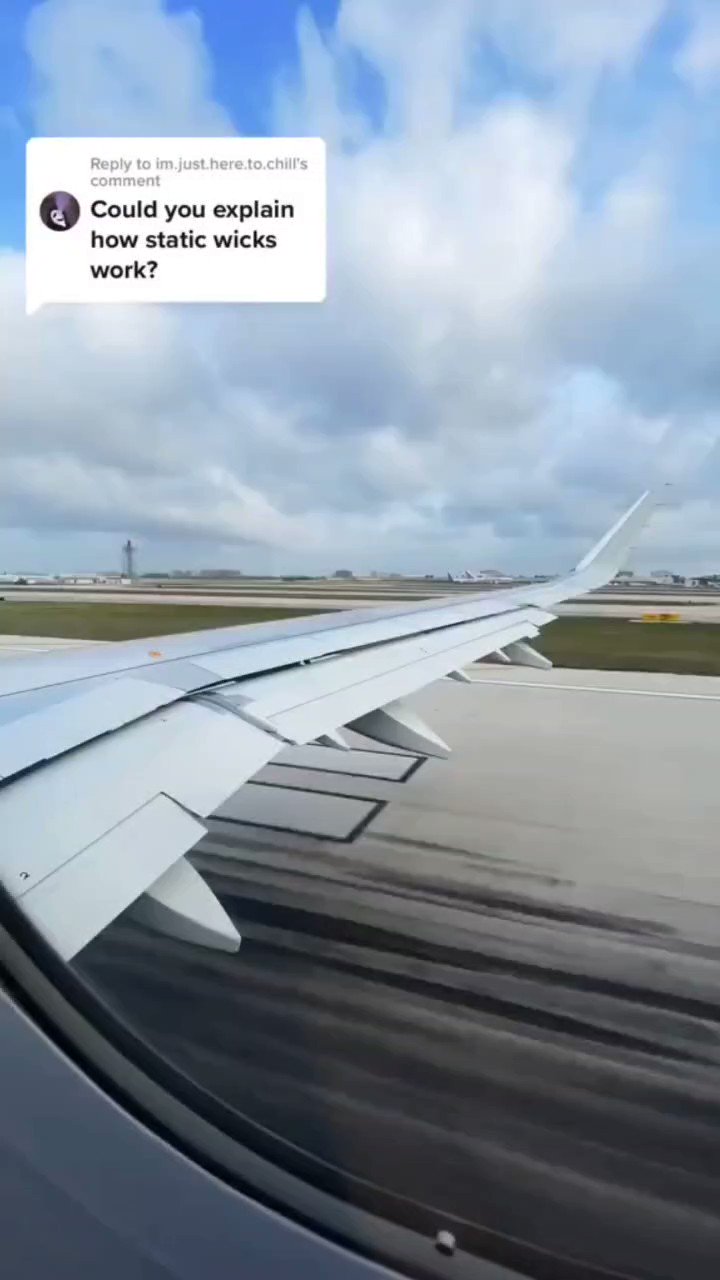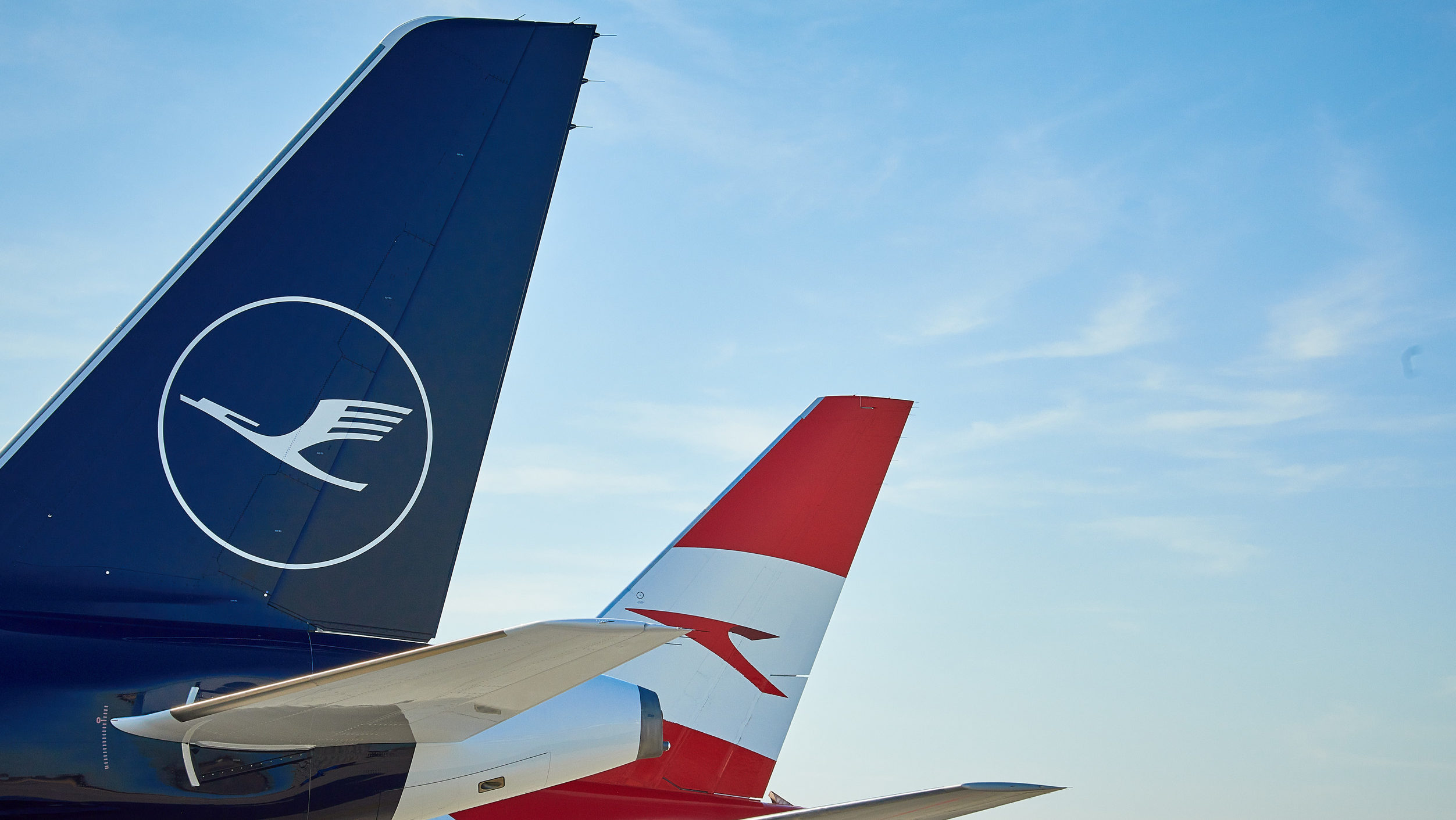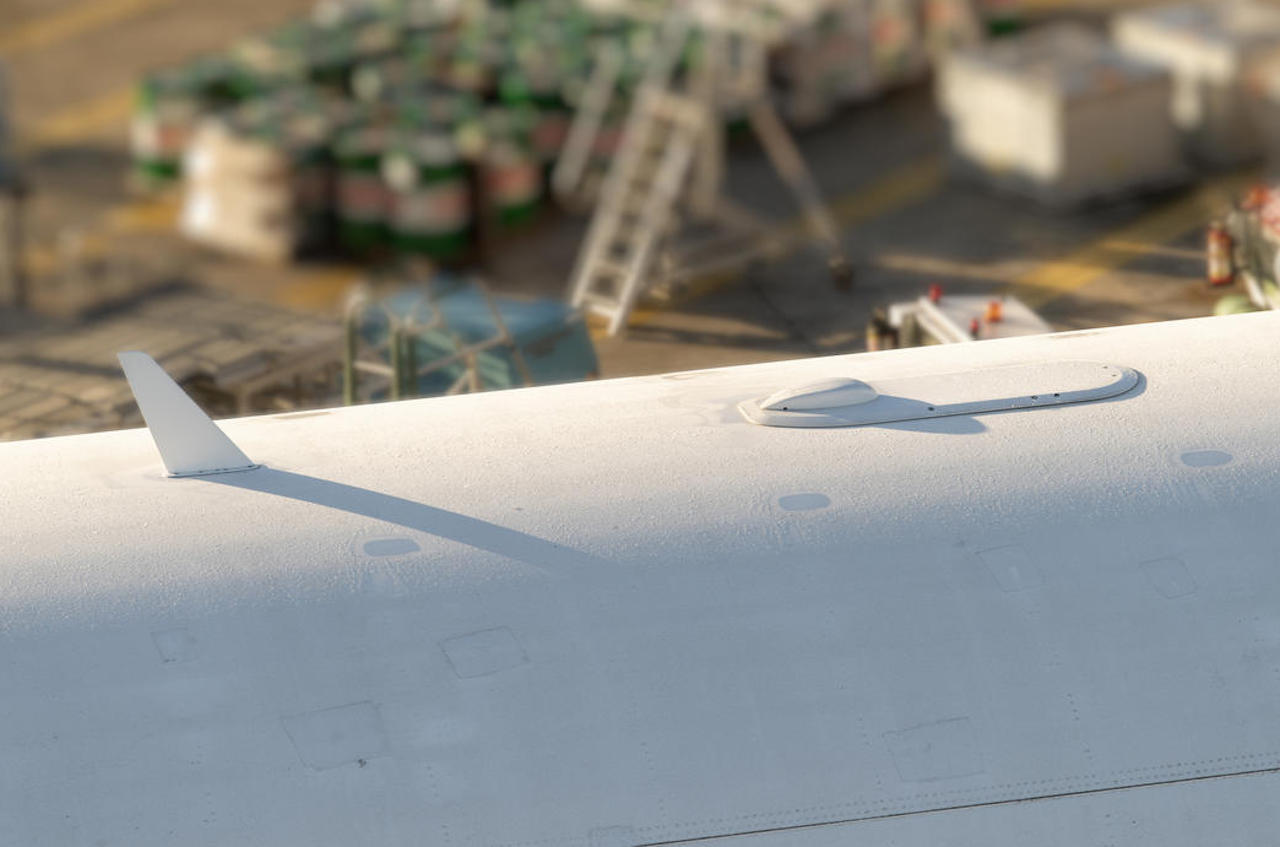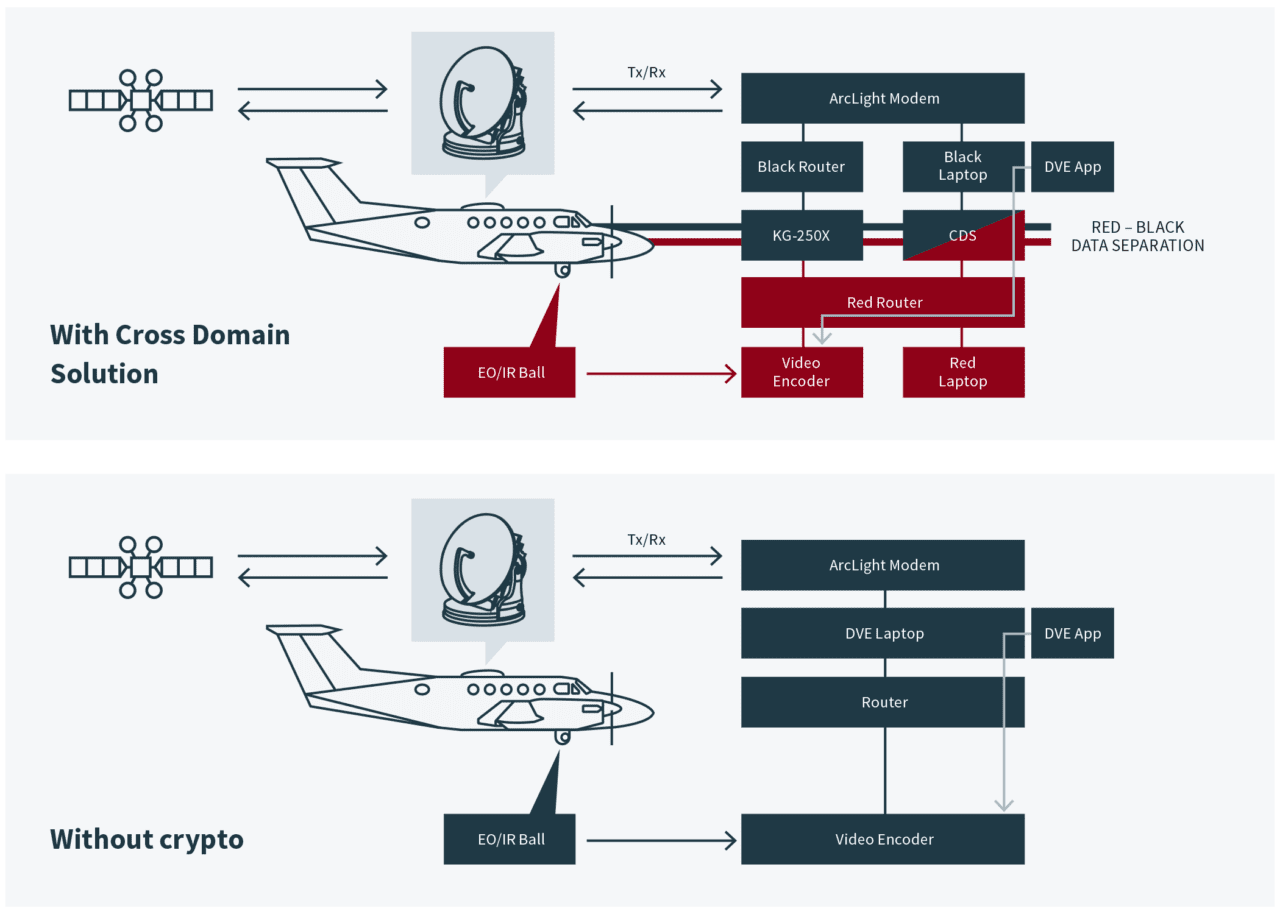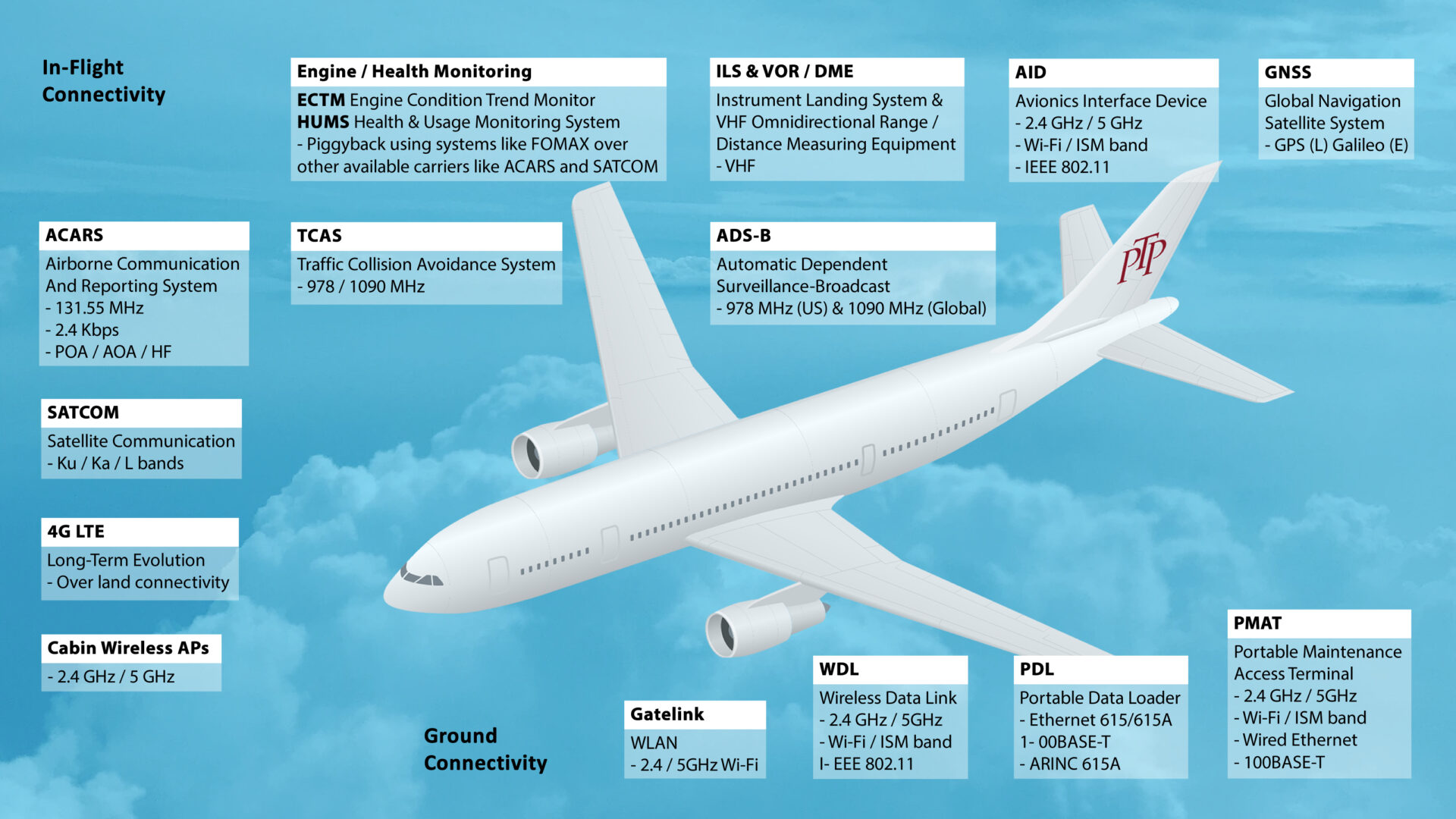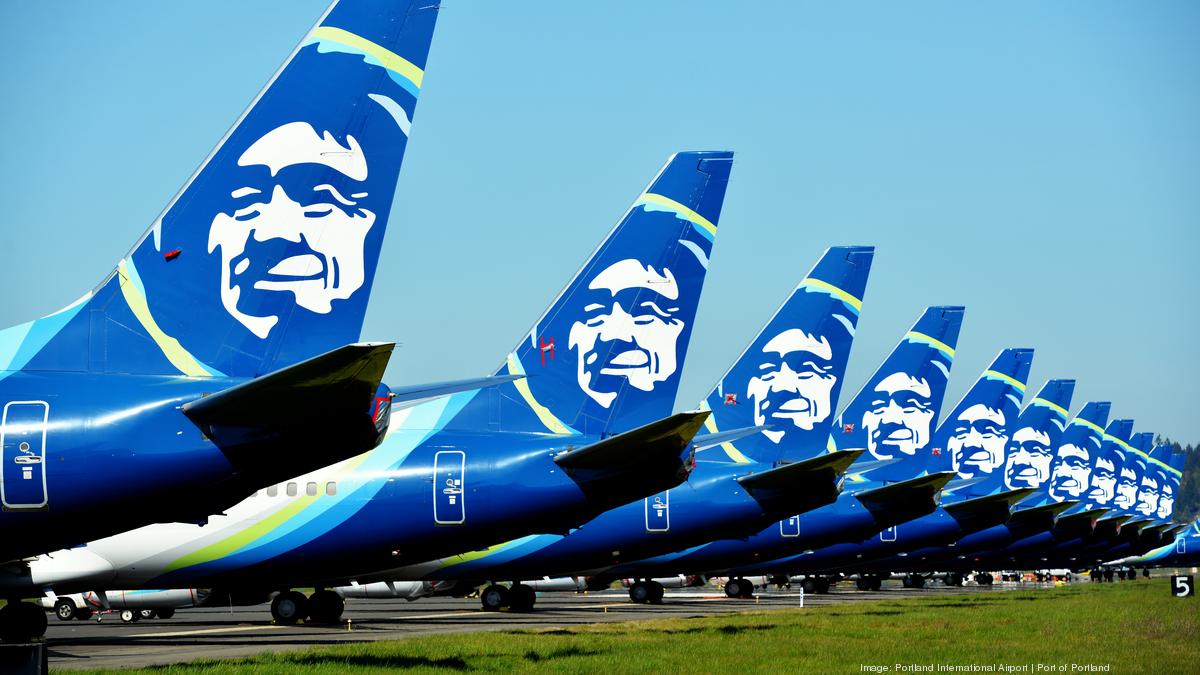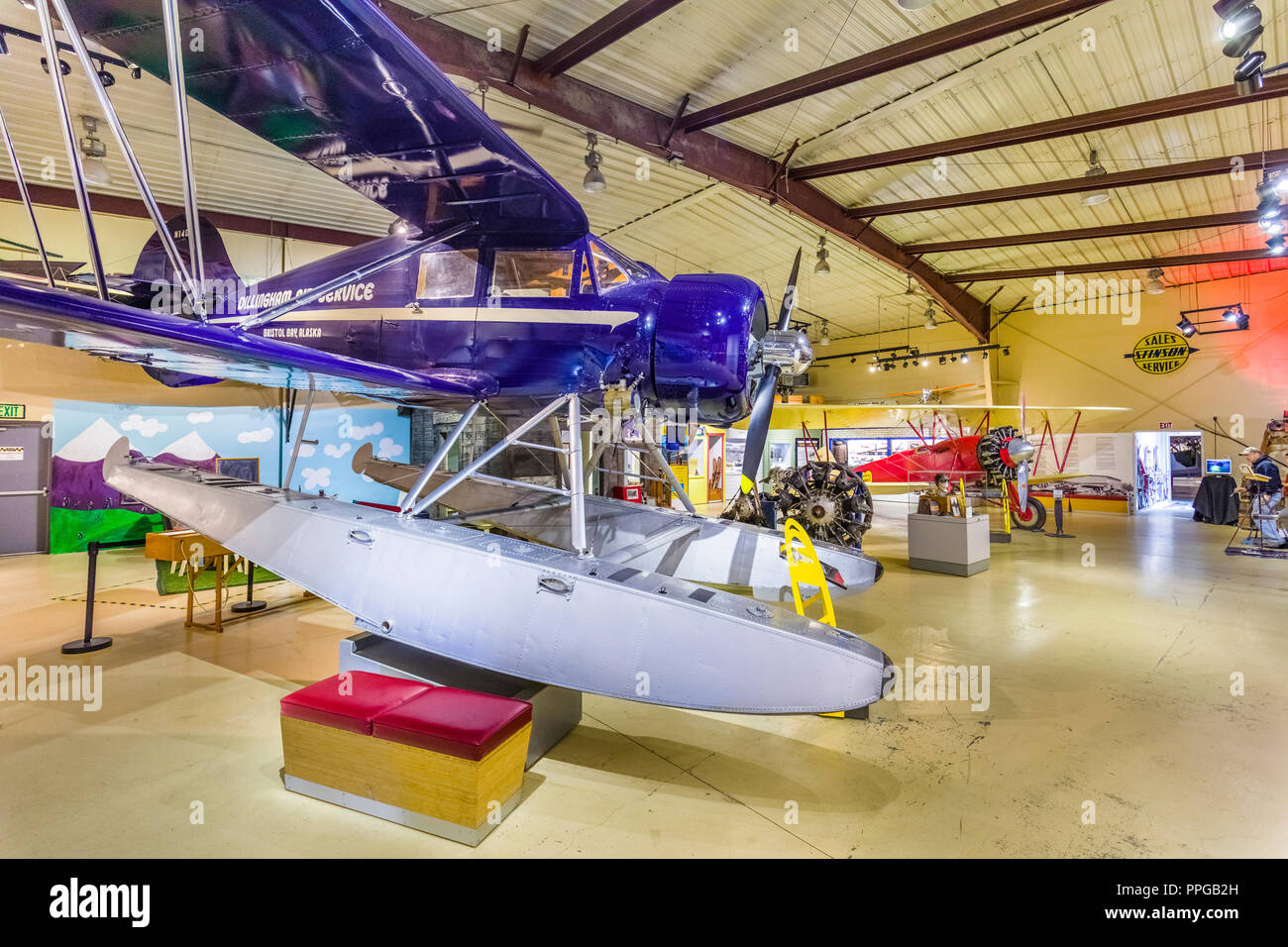Aircraft Specialty - *If you are an international student studying an Australian qualification, go to the Universities Admission Center (UAC) for application and UAC key dates. Note: If you are under 18 years of age, you need to make special arrangements.
Read more. Kickstart your career with the Qantas Future Pilot Program Our pilot recruitment program gives you the opportunity to be mentored by experienced QantasLink pilots. If successful through the selection process, you could transition to a job at QantasLink straight after graduation.
Aircraft Specialty

New pilots are usually only considered for employment with a commercial airline after spending time flying in the general aviation market, which is most often gained by flying single-pilot charter aircraft or by seeking employment outside of Australia.
Aircraft Specialty Fasteners Market Share By Material Type
This program provides a pathway to QantasLink that requires less than the minimum hours required for direct entry as a first officer. Please note the Qantas Future Pilot Program is only available for students to apply who have Australian citizenship (or New Zealand citizens with special long-term residency in Australia).
Specialty fasteners are made using a wide array of materials such as titanium, aluminum, steel, and others. Titanium-based specialty fasteners dominate the market and are expected to maintain their position during the forecast period as well.
In the aircraft industry, there has been an incessant replacement of steel and other heavy metal-based fasteners with titanium fasteners, owing to their excellent performance at a relatively low weight. Also, titanium fasteners are highly compatible with composite parts, which are increasingly being used in the next-generation aircraft including B787, A350XWB, and B777x.
You'll need to pay for the flight training costs portion of this degree. In 2022, the anticipated standard cost of flight training to obtain the minimum of a Commercial Pilot License (CPL), Instrument Rating - Multi Engine Airplane, and ATPL (Frozen) is $141,500 (some elective fees and extra flying fees may apply).
Aircraft Specialty Fasteners Market Share By Product Type
Additional flying costs are incurred depending on your choice of third year flying practicum and if more than the 200 flight hours are required to achieve proficiency in any aspect of the flight training. In addition to your UAC or direct application (via Apply Online), you must complete the internal application form.
This form is available on the School of Aviation Website. You can also request one from the Undergraduate Coordinator at aviation@unsw.edu.au or by calling +61 2 9385 5756. Interviews will be arranged with applicants after receipt of the internal application form.
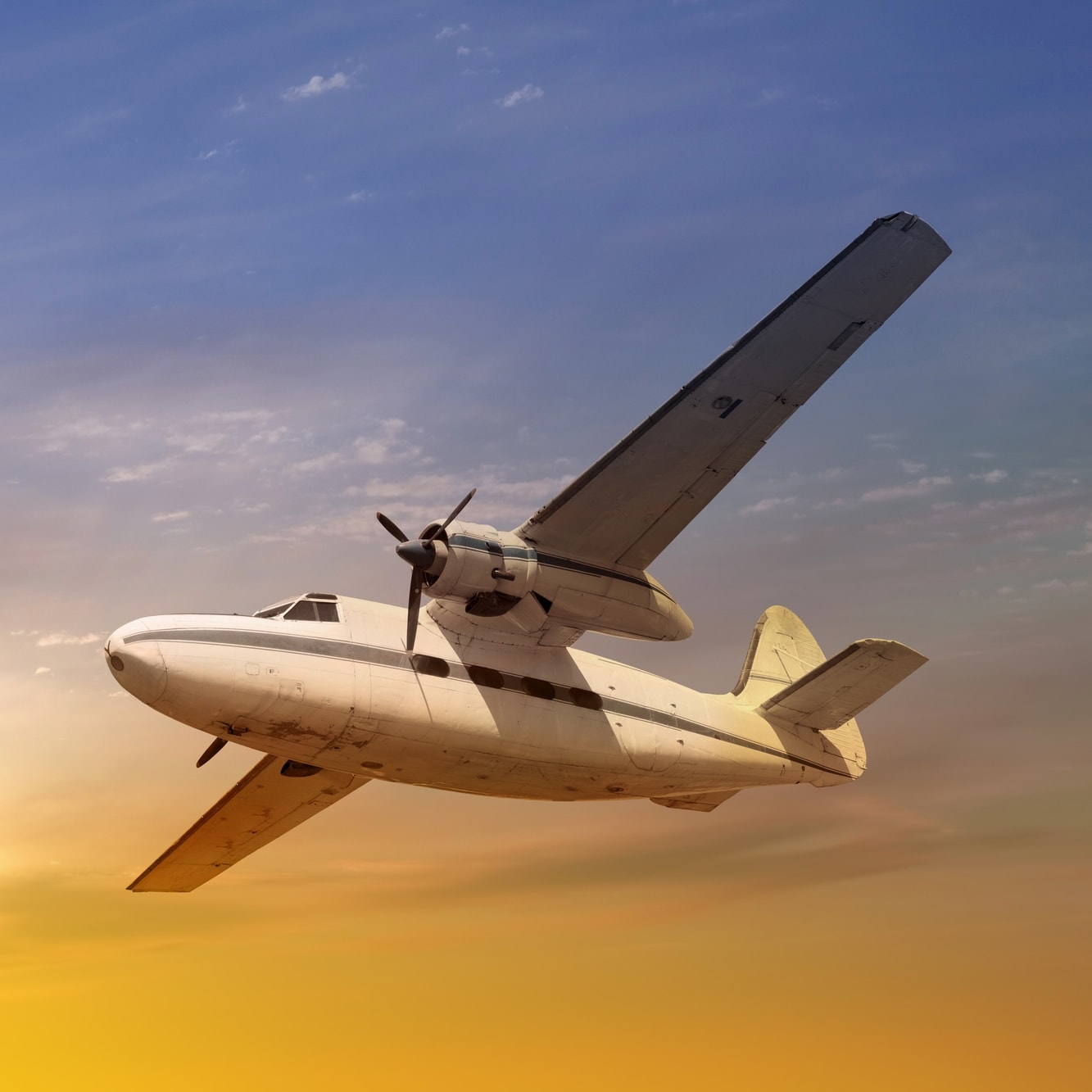
Learn from expert educators Our courses are written and coordinated by experts with substantial industry experience. Our industry facilitators bring a wealth of aviation experience to their teaching, while our academic staff regularly engages with regulatory authorities, industry bodies and research collaborators.
UNSW Aviation educators have come directly from leadership roles in industry, having held senior management positions within organizations such as Qantas, Airservices Australia, CASA, ATSB and the Federal Airports Corporation. Educational Access Scheme (EAS) Factors such as illness, financial hardship, language difficulties or attending a particular school can mean you don't always get the best possible marks in Years 11 and 12. If one of these situations applies to you, submit an application for the Educational Access Scheme
Acknowledgement Of Country
(EAS) via UAC. Eligible students can receive between 1 and 10 points towards their chosen UNSW degree. In addition to completing the flying licenses and ratings required to become a professional pilot, you'll also receive a solid academic and theoretical grounding in aviation management and safety.
The integration of academic content with flying theory and practical training will give you a competitive edge as you'll graduate with a broader understanding of the aviation industry. In turn, you'll be better prepared to take on more senior leadership roles.
"Completing your education at UNSW doesn't only give you high quality flight training but also a deeper level of industry knowledge that just doing your pilot training cannot give you. The current environment and my 25 years in the industry have proven that you need to have a fall back during the down turns.
Completing my flying training with UNSW gave me a tertiary qualification that allowed me a much easier path into postgraduate study when I lost my medical.” Based on the product type, the aircraft specialty fasteners market is segmented as blind rivets, blind bolts, solid rivets, panel fasteners, studs and inserts, and others.
Report Features
Blind rivet is expected to remain the largest segment of the market during the forecast period, propelled by its installation efficiency and ergonomic benefits over traditional fasteners. The rivet type is also estimated to grow the fastest in the coming five years.
Blind bolt, another member of blind fasteners family, is subjected to grow at an impressive rate for the same period. On-time applications for admission usually close at the end of September each year for Term 1 admission.

Late applications can be submitted, but a late fee will apply. For studies starting in Term 1, the majority of offers are made in December and January. Visit the UAC website for key dates for admission outside of Term 1.
UNSW is located on the unceded territory of the Bedegal (Kensington campus), Gadigal (City and Paddington Campuses) and Ngunnawal peoples (UNSW Canberra) who are the Traditional Owners of the lands where each campus of UNSW is situated.
Home-Built Heritage
Standards UNSW holds an Air Operators Certificate for training issued under CASR Parts 141/142. Safety and quality of training are of first priority. All flying is managed by the University's Head of Operations and in accordance with a precise syllabus approved by CASA.
The Professional Pilot Program includes ongoing monitoring of students and instructors' proficiency, with student progression being dependent on the attainment of specific achievement levels at the end of each phase. This comprehensive report, from Stratview Research, studies a specific category of fasteners, specialty fasteners for the aerospace industry.
The report analyzes the current market realities, changing competitive landscapes, a gradual shift from traditional to specialty fasteners, and future market possibilities in order to forecast the market for the period from 2019 to 2024 with high accuracy.
Along with the global and regional market forecast for crucial segments, the report also provides actionable insights as well as detailed competitive landscapes with an aim to aid the market stakeholders in informed business decision making and growth strategy formulation.
Aircraft Specialty Fasteners Market Share By Application Type
You'll need to pay for the flight training costs portion of this degree. In 2022, the anticipated standard cost of flight training to obtain the minimum of a Commercial Pilot License (CPL), Instrument Rating - Multi Engine Airplane, and ATPL (Frozen) is $141,500 (some elective fees and extra flying fees may apply).
Additional flying costs are incurred depending on your choice of third year flying practicum and if more than the 200 flight hours are required to achieve proficiency in any aspect of the flight training. Gain industry connections through the Pilot Mentor Program

You'll be assigned an airline pilot as your mentor in your final year, courtesy of the Australian and International Pilots Association (AIPA). The objective of this program is to provide you with career guidance and consultation about specific airline operations.
Explore the science behind aviation, earn your flying licenses and get ready to take on global opportunities within the aviation sector. This degree not only educates and trains pilots to the highest commercial standards, it also develops future industry leaders and managers.
$ Gift Card From Aircraft Spruce For New Aopa Clubs
The global aircraft specialty fasteners market is likely to witness a healthy growth over the next five years to reach an estimated value of US$ 1.3 billion in 2024. The major factors underpinning the growth of aircraft specialty fasteners are: an incessant increase in air passenger traffic
all around the world, which is triggering an increase in the production rates of the key programs such as B737, A320 family, B787, and A350XWB; market entry of new players such as COMAC and Irkut; introduction of variants of existing best-selling aircraft programs such as B737 max, A320neo, and B777x;
and increasing aircraft fleet size. Join the School of Aviation UNSW Aviation operates as a school within the Faculty of Science. UNSW is the highest ranked global university with a stand-alone aviation school that offers aviation degrees, operates flight training under its own Air Operator's Certificate and undertakes research.
The School of Aviation has been a leading educator in the industry for over 25 years. In 1965, Bob and Flo Irwin founded a company that sold just one product—aircraft-grade spruce lumber. Fifty years and countless customers later, Aircraft Spruce boasts a product line of more than one hundred thousand items and a work force of two hundred.
Featured Support
They're proud of their company's heritage, and thrilled that their products make it possible for aviators around the world to build their dream airplanes and keep them flying. The Bachelor of Aviation (Flying) is made up of 23 courses taken over three years of full-time study.
This includes 21 core courses and two general education courses. You'll spend half the program studying academic courses at our Kensington Campus and the other half completing flying theory and flight training at our Flying Operations Unit (FOU).

Your ATAR is not the only measure of your potential to succeed, which is why we offer a range of pathways into university. Explore your options below and get in touch with our future student advisors to discuss your path to UNSW.
If you're completing an Australian Year 12 qualification (e.g. NSW HSC or equivalent), you do not need to provide anything extra to prove your proficiency. Your qualification will be used as evidence of your English proficiency.
Regional Insights
On the basis of application, the aircraft specialty fasteners market is segmented as airframe, flight control surfaces, interior, engine, and others. The airframe application is expected to remain the most dominant segment of the market during the forecast period.
Airframe is the largest structure in the aircraft where specialty fasteners are used in a wide array of applications including wings and fuselage, leading to its dominance in the market. Market Research Reports | Consulting |
Insights | Blog | Conferences | Careers | Subscribe | Sitemap | XML Aircraft Spruce proudly sponsors the AOPA Flying Club Network and encourages all AOPA members to start flying clubs in their communities.
When you work with the AOPA Flying Clubs team and start a new club, you'll receive a $100 gift card from Aircraft Spruce. Plus, all flying clubs listed in the AOPA Flying Club Network can receive up to 5% off when shopping with Aircraft Spruce.
Market Insights
Aircraft Specialty Fasteners Market is Segmented by Aircraft Type (Commercial Aircraft, Military Aircraft, Helicopter, Regional Aircraft, and General Aviation), by Product Type (Blind Rivets, Blind Bolts, Solid Rivets, Panel Fasteners, Studs and Inserts, and Others), by Material Type (Titanium, Aluminum, Steel, and Others), by Application Type (Airframe, Engine, Flight Control Surface, Interior, and Others) by End-User Type (OE, and Aftermarket) and by Region (North America, Europe
, Asia-Pacific, and Rest of the World) The Professional Pilot Program is conducted in block periods throughout the degree program. It includes up to 200 hours of flight training and approximately 30 hours of simulator training to CPL and Instrument Rating - Multi Engine Airplane status.
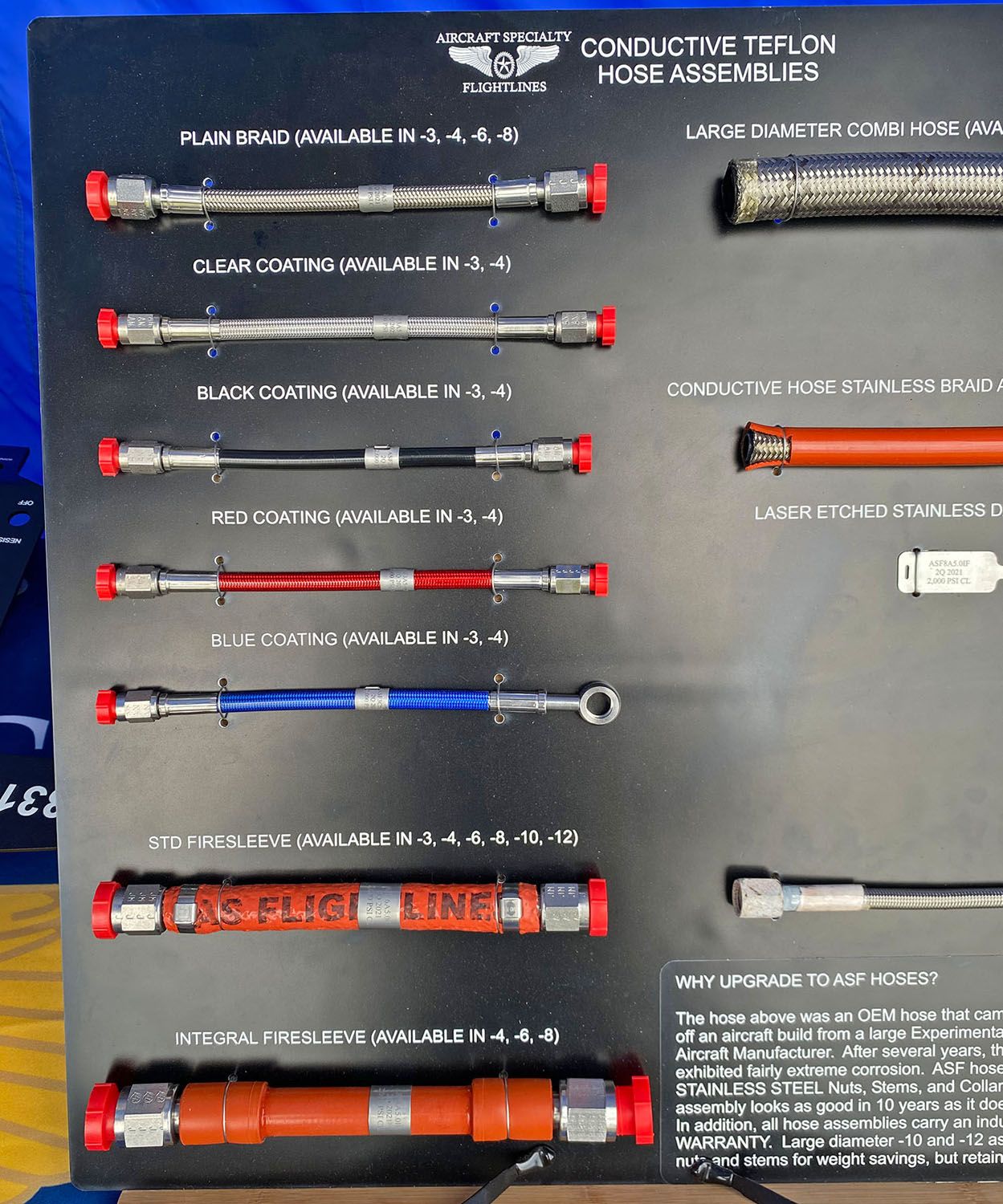
The flight training and associated theory are taught in an integrated format and delivered over two years, in addition to the demanding main campus academic commitment. Students may elect to complete further academic work in lieu of flight training for the elective in the final phase of the third year.
In addition to submitting an application via UAC, you must complete the internal application form for the Bachelor of Aviation (Flying). Interviews are scheduled on a case-by-case basis, typically with a 1-2 week turnaround once the interview period begins from early September.
Aircraft Specialty Fasteners Market Share By Aircraft Type
As we receive a high volume of applications, we encourage applicants to submit their internal application form as early as possible. The academic program includes courses in aviation management and aviation safety as well as core courses in flying theory, mathematics and physics.
In addition to theoretical studies, you'll have up to 200 hours of flight training and approximately 30 hours of simulator training. Students are expected to make themselves available on a full-time basis during training. At times, students may be expected to fly earlier or later or occasionally on weekends if necessary due to scheduling pressures or delays due to maintenance or weather.
Flight training within the BAv (Flying) requires separate enrollment in the Professional Pilot Program in addition to the BAv academic enrollment. Enrollment in the Professional Pilot Program enables students to undertake flight training for the purpose of obtaining the licenses and ratings included in the program.
There are no academic units of credit allocated to the Professional Pilot Program. However, the School of Aviation provides successful students with UNSW Wings and a certificate at a Wings and awards ceremony. The theory lessons undertaken to gain the various ratings and licenses are part of the BAv academic program.
Research Methodology
In addition to your UAC or direct application (via Apply Online), you must complete the internal application form. This form is available on the School of Aviation Website. You can also request one from the Undergraduate Coordinator at aviation@unsw.edu.au or by calling +61 2 9385 5756. Interviews will be arranged with applicants after receipt of the internal application form.
Aircraft Spruce is proud to sponsor Mike Busch's maintenance column in AOPA Pilot magazine. Busch is a nationally known expert in maintenance from the owner's perspective. His company, Savvy Aviator, provides analysis and assistance with a variety of engine and airframe maintenance issues.
In terms of regions, North America is expected to remain the largest market for aircraft specialty fasteners during the forecast period. The USA is the growth engine of the region's market with the presence of many specialty fastener manufacturers, large- and small-sized tier players, distributors, aircraft OEMs, airlines, and MRO companies.
All the major specialty fastener manufacturers have their presence in the region to address the teething issues of the OEMs in order to be the partner for their upcoming aircraft programs or upcoming fuel-efficient variants of existing aircraft programs.
aircraft specialty services, spruce and specialty aircraft, aircraft specialty llc, aircraft specialty hoses, aircraft specialty tools, aircraft specialties inc, aircraft specialty flightlines, ts flightlines




